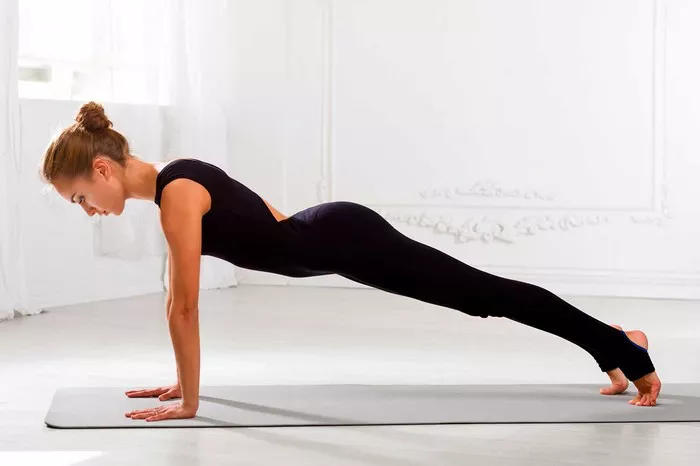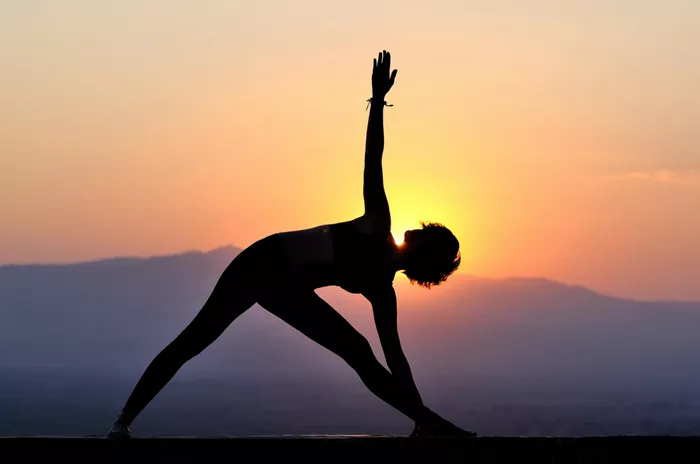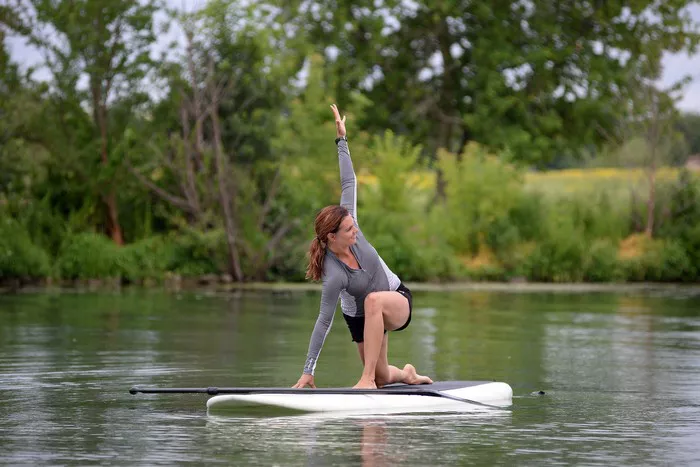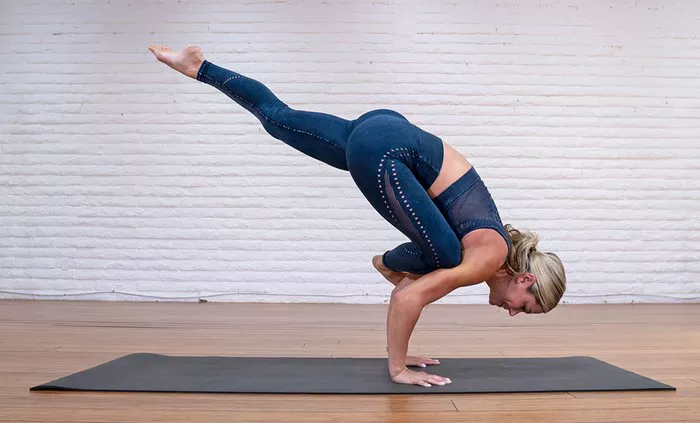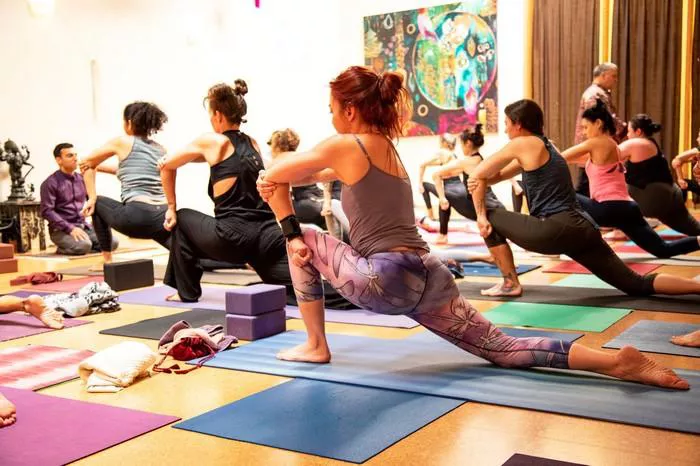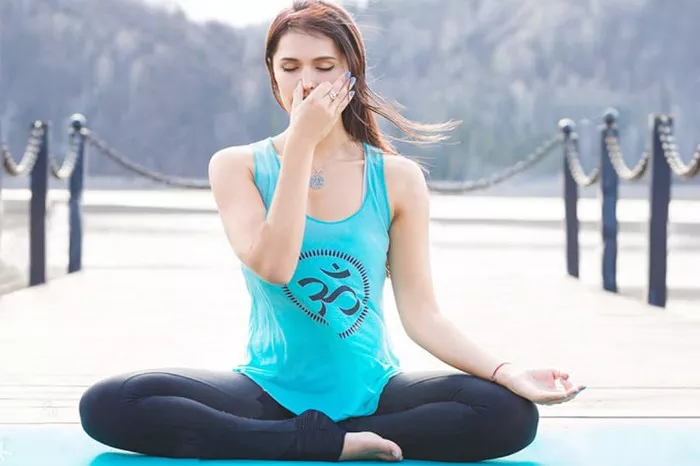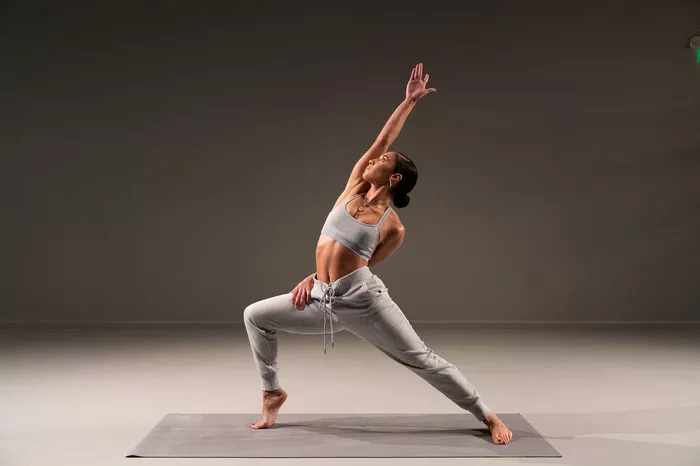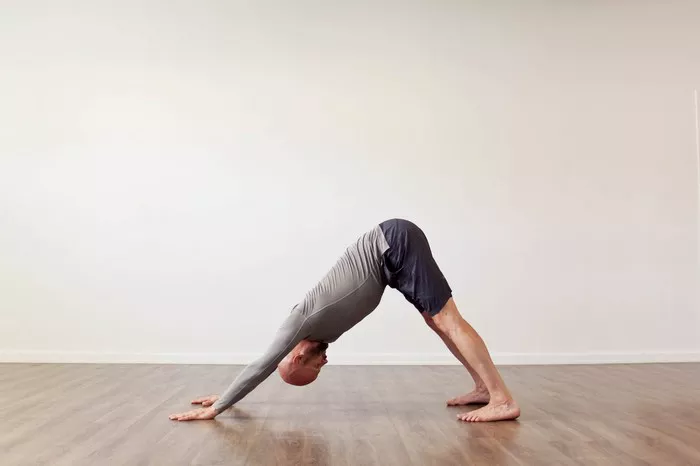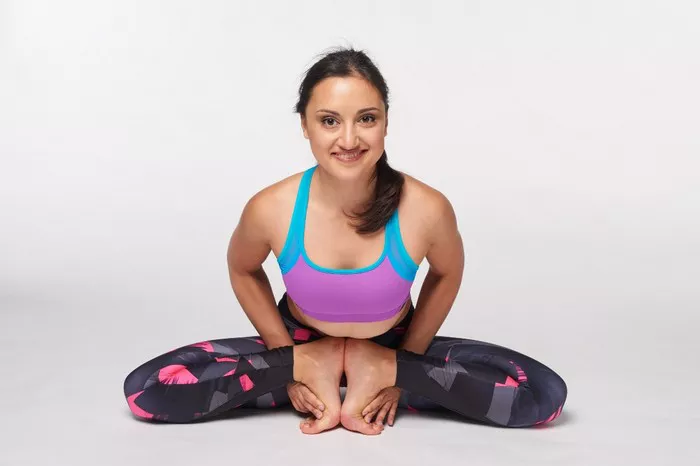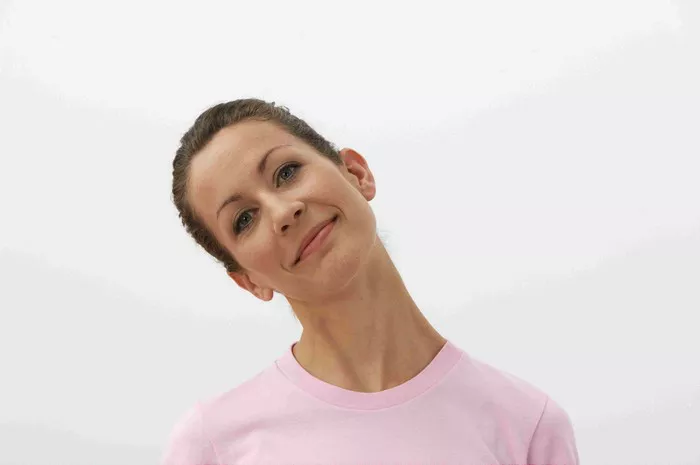Yoga, an ancient practice that harmonizes the mind, body, and spirit, involves a wide variety of poses that promote strength, flexibility, relaxation, and mindfulness. Among these poses, one of the most essential and fundamental is the supine pose. Though it may sound like a simple, restful posture, the supine pose is far more than just lying down. It is a gateway to deep relaxation, alignment, and a multitude of health benefits.
In this article, we will explore the concept of the supine pose in yoga. We will discuss what it is, its various types, the benefits it offers, and how it fits into the broader context of yoga practice. We will also look at how to practice supine poses correctly and the impact they can have on your physical and mental well-being.
What Is A Supine Pose in Yoga
In the world of yoga, the term “supine” refers to a position where the practitioner is lying on their back with their face and torso facing upwards. The supine position is fundamental because it offers a stable foundation that allows the practitioner to relax deeply, open their body, and focus on breathwork. It contrasts with the prone position, where one lies on the stomach, and the seated or standing positions where the body is upright.
The supine position can be utilized in various yoga practices and poses, from simple relaxation to more complex postures involving stretching, strength-building, and alignment. Because the supine position is restful, it is often used in restorative yoga, meditation, and as a starting or ending position in many yoga sequences.
Types of Supine Poses in Yoga
There are several variations of the supine pose in yoga. Each variation targets different areas of the body, providing distinct benefits. Below are some of the most common supine poses:
Savasana (Corpse Pose)
Savasana is the most well-known and commonly practiced supine pose in yoga. Although it may appear simple, it is one of the most important poses in a yoga session. In Savasana, the practitioner lies flat on their back with their legs extended and feet slightly apart, arms resting at the sides with palms facing up. The goal is to relax completely and allow the body and mind to absorb the benefits of the practice.
Savasana is typically practiced at the end of a yoga session, but it can also be used at any time for relaxation or meditation. The main benefit of this pose is its ability to calm the nervous system, reduce stress, and promote deep relaxation. It also helps to lower blood pressure and heart rate, providing a sense of peace and tranquility.
Supta Baddha Konasana (Reclining Bound Angle Pose)
In Supta Baddha Konasana, the practitioner lies on their back with the soles of their feet together and knees falling out to the sides. This pose is a gentle hip opener and is often used in restorative yoga classes. The reclining position allows the body to relax deeply while the hips and groin area stretch gently.
Supta Baddha Konasana is particularly beneficial for increasing flexibility in the hips and thighs, improving circulation, and calming the mind. It can also help release tension in the lower back and alleviate symptoms of stress or anxiety.
Supta Padangusthasana (Reclining Hand-to-Big-Toe Pose)
Supta Padangusthasana involves lying on your back while extending one leg straight up towards the ceiling and holding your big toe (or using a strap around your foot for support). The other leg remains flat on the floor. This pose helps lengthen the hamstrings, improve flexibility, and relieve tension in the lower back.
The reclining position allows for a deeper stretch compared to standing or seated hamstring stretches. Supta Padangusthasana can be a great pose for those with tight hamstrings or anyone looking to improve their flexibility and mobility.
Supta Virasana (Reclining Hero Pose)
In Supta Virasana, the practitioner starts by sitting on their heels and then gently reclines back, supported by their arms or using props like blocks or blankets. This pose deeply stretches the quads, hips, and groin area while offering a gentle backbend.
Supta Virasana is particularly beneficial for those who spend long hours sitting, as it helps counteract the effects of prolonged sitting and tightness in the legs and hips. It is also great for improving posture and opening the chest and shoulders.
Reclining Twist (Supta Matsyendrasana)
This variation of a supine twist involves lying on your back, bringing your knees towards your chest, and then guiding them over to one side while keeping your shoulders on the floor. The opposite arm extends out to the side to provide a gentle stretch and spinal twist.
Reclining Twist helps improve spinal mobility, release tension in the back and hips, and massage the internal organs. It is an excellent way to relax and improve digestion, especially after a heavy meal or a long day of sitting.
Benefits of Supine Poses in Yoga
Supine poses offer a wide range of physical, mental, and emotional benefits. Here are some of the key advantages of incorporating supine poses into your yoga practice:
Promoting Deep Relaxation
The supine position naturally encourages relaxation by allowing the body to rest fully on the mat. This makes it easier to relax and release any tension accumulated during the day or in the body. Supine poses such as Savasana promote a deep sense of calm, which is beneficial for stress reduction and emotional balance.
Improving Flexibility
Supine poses often involve stretching the body gently, which can improve flexibility over time. For example, poses like Supta Padangusthasana stretch the hamstrings, while Supta Baddha Konasana opens the hips. These stretches help maintain and increase range of motion, preventing stiffness and discomfort.
Enhancing Spinal Alignment
Many supine poses focus on alignment, helping to improve posture and spinal health. The supine position encourages a neutral spine, which helps to alleviate strain on the back and improve overall alignment. Twisting poses in the supine position, like Supta Matsyendrasana, also help to increase mobility in the spine and release tension in the back.
Reducing Stress and Anxiety
Supine poses are often used in restorative yoga to activate the parasympathetic nervous system, which is responsible for the “rest and digest” response. When practiced mindfully, these poses can trigger the release of stress hormones like cortisol, reduce heart rate and blood pressure, and promote a sense of inner peace and relaxation.
Promoting Digestive Health
Several supine poses, such as the reclining twist, help massage the internal organs, improving digestion and promoting regularity. The gentle twisting and compression of the abdomen in poses like Supta Matsyendrasana stimulate the digestive system and can help alleviate bloating, constipation, or discomfort after eating.
Improving Circulation
In many supine poses, the body is fully supported on the ground, allowing for a reduction in pressure on the heart and improved circulation. This can be particularly beneficial for people who have poor circulation, such as those with swelling in the legs or feet. Elevating the legs in certain supine poses can also promote venous return and reduce fluid retention.
How to Practice Supine Poses Correctly
While supine poses are generally accessible and restful, it’s essential to practice them with proper form and alignment to avoid injury and gain the full benefits. Here are some tips for practicing supine poses correctly:
Mind Your Back Alignment
When lying on your back, ensure that your spine is in a neutral position. Avoid overarching the lower back, as this can lead to discomfort. If necessary, place a small cushion or blanket under the lower back for additional support, especially if you have any pre-existing back conditions.
Engage Your Core
Although supine poses are about relaxation, engaging the core muscles can provide stability and support for your spine. Lightly activate your abdominal muscles to avoid letting your back arch excessively. This can also help you maintain a sense of connection between your body and breath.
Use Props for Support
Yoga props such as blankets, blocks, and straps can be helpful for deepening your practice and making the supine poses more accessible. For instance, using a block under your knees in Supta Baddha Konasana can provide more comfort and help release tension in the lower back. Straps can assist with deeper stretches in Supta Padangusthasana, while blankets can provide extra cushioning for your body.
Focus on Your Breath
Breathing deeply and consciously is a key aspect of yoga. In supine poses, allow your breath to flow naturally, using it as a tool to deepen your relaxation and stretch. In poses that involve twists or hip openers, focus on breathing into the areas that feel tight, and use the breath to release tension.
Relax and Let Go
The essence of supine poses lies in relaxation. Let go of any stress or tension in your body as you settle into the pose. Use this time to tune into your body and mind, allowing yourself to feel fully present in the moment.
Conclusion
The supine pose in yoga is a powerful tool for relaxation, flexibility, and alignment. Whether you’re practicing a simple Savasana to unwind or using a more dynamic supine pose to stretch and strengthen your body, these poses offer a wealth of benefits for both physical and mental well-being. By incorporating supine poses into your yoga practice, you can promote better posture, reduce stress, and achieve a greater sense of balance and relaxation in your life. Remember, yoga is not just about the physical postures but also about cultivating mindfulness and awareness – and the supine pose is a perfect embodiment of these principles.
Related Topics:

